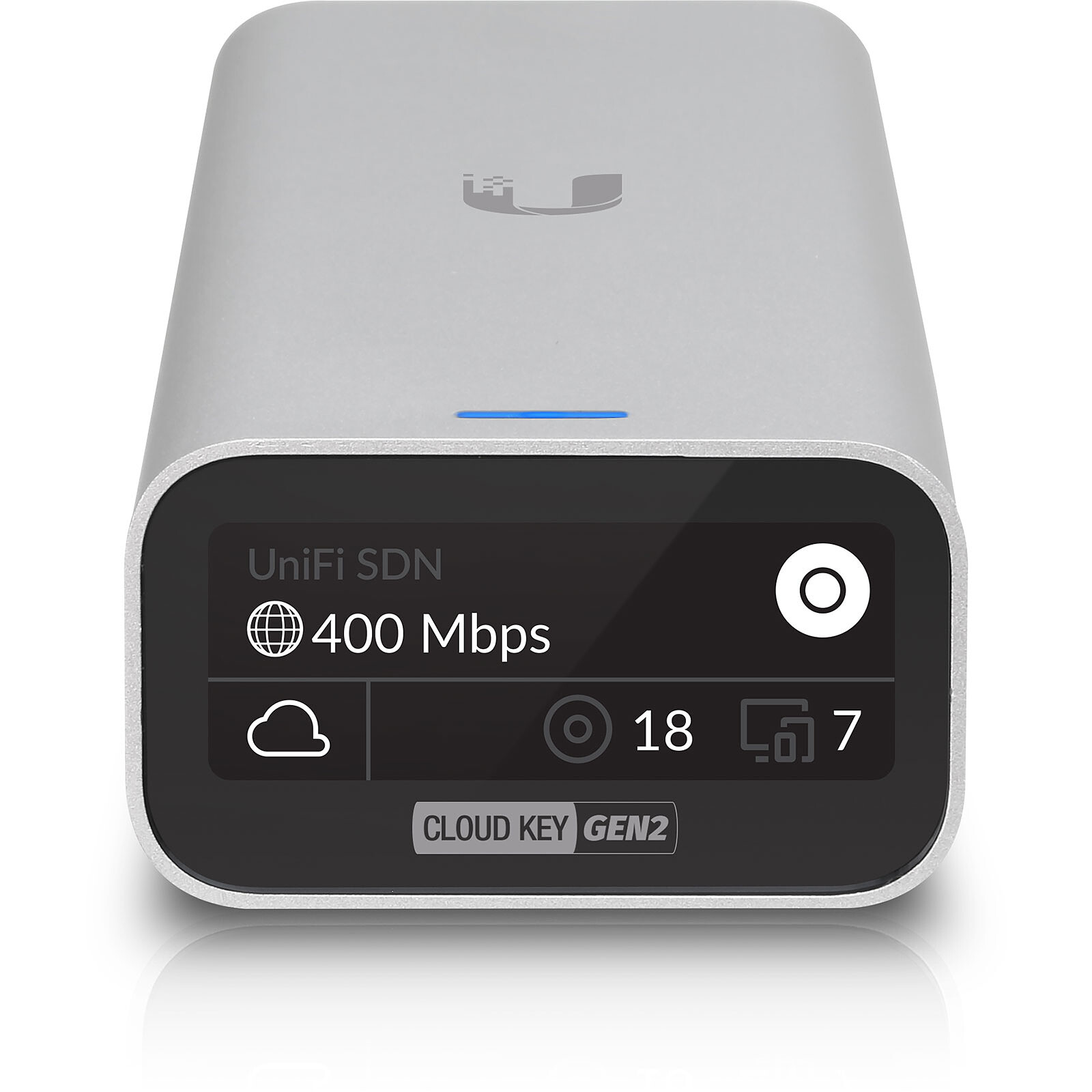

- #Unifi controller cloud software#
- #Unifi controller cloud password#
- #Unifi controller cloud download#
This will download an RDP file configured to remote into the virtual machine. ( Note: when configuring port 8443, you can set the Source IP to your home IP for added security, as this is the port which allows access to the configuration web page of the controller)Īfter the networking has been configured, go back to the VM and click the “Connect” button.
Repeat this last step and add the following inbound security rules as shown here (pay attention to the Priority):. RDP requires port 3389 to be open and uses TCP (you may also use a CIDR block to allow any IPs in your home – check out my CIDR notation blog post for more information): You can leave the Source IP as Any, but to add the security of only allowing IPs from your home, put in your IP address. We are going to allow RDP access in order for you to be able to remote in and configure the controller / VM. Go back to Networking, and then click on the “Add inbound port rule” button:. In order to do this, we’ll need to add inbound port rules: Set the Assignment to Static and click Saveįinally, we need to open the ports necessary to run the controller. Click on IP configurations on the left, then click on ‘ipconfig1’. Go back to Networking (the top breadcrumb menu will take you there), then click on the Network interface:. Next, we need to set the local IP address of the server to be static: Set the option for Assignment to Static and click “Save”. In the Networking view, click the Public IP address:. Click on “Networking” on the left side of the portal. Now we need to set the public IP address of the server to be static: When you see the overview section, take note of the Public IP Address and write this down for later: Once the VM is provisioned, you’ll see the following screen (note that all of the networking was created for you):. 
Once validation passes, click the “Create” button.
Leave the other settings at their default values, then click the “Review and create” button. Click the “Next” button to select the disks, and select the Standard HDD option. Even though this is a relatively inexpensive VM, you should also consider setting up a schedule for this VM so that it shuts down at night and starts up in the morning, unless you plan on having guests join your network at the wee hours of the morning. 
#Unifi controller cloud password#
Finally, enter a username and password for the VM admin. Give the VM a name, region, resource group, Windows Server 2016 Datacenter image, and choose the smallest size (I chose standard B1s).Create new Virtual Machine (VM) resource.
#Unifi controller cloud software#
To run the UniFi Controller software on Azure, follow these steps: If you don’t want to keep your home machine constantly running (or at least during the day, every day), you can setup a virtual machine in Azure to create a UniFi cloud controller. If you are using the UniFi controller to setup a home network and you want to setup guest access and direct them to a guest portal, you will need the UniFi controller to be running 24×7. Application Development Manager Chris Tjoumas outlines a process for using Azure virtual machines to configure a UniFi controller in your home network.







 0 kommentar(er)
0 kommentar(er)
